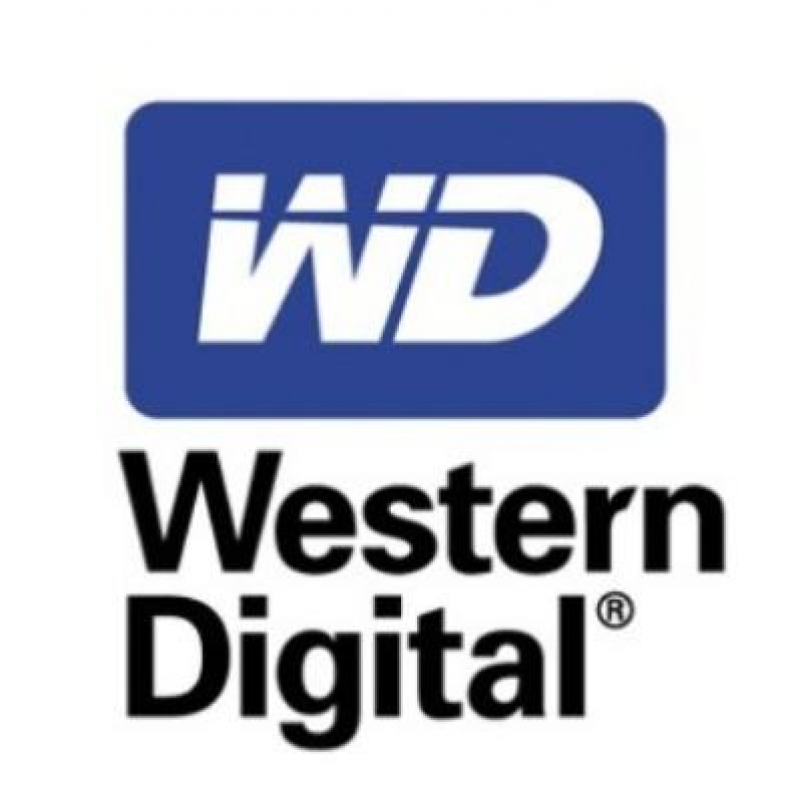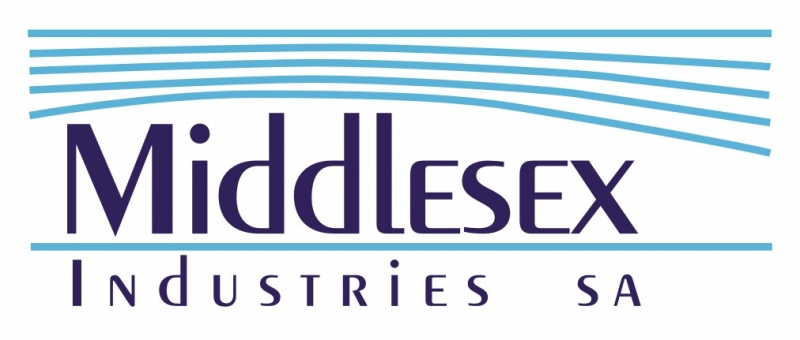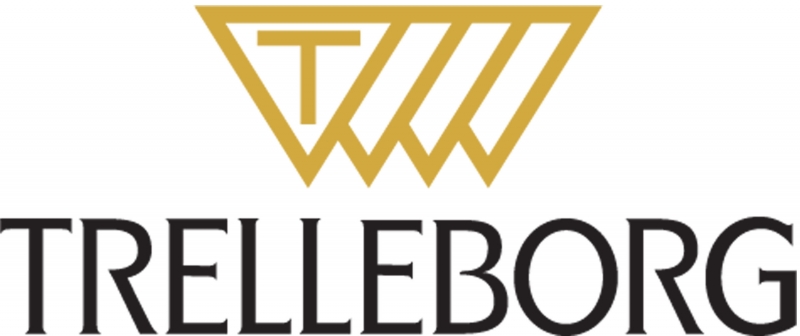| Wednesday, November 11, 2020 | |
| 07:00 | Registration and welcome coffee |
| 08:50 | Opening remarks by SEMI |
Session 1: Planning on Times of Economic and Climate Change |
|
| 10:35 | Coffee break |
Session 2: Smart Fab Solutions for Smarter Process Tools |
|
| 10:55 | Introduction by session Chair |
| 11:00 | Drivers of Digitalisation: What is Digitalisation and why can it change so much? |
Gregor Hopf, Professor for Digital Transformation, Duale Hochschule Baden-Württemberg (State Cooperative University Baden-Württemberg) Drivers of Digitalisation: What is Digitalisation and why can it change so much?
 Abstract Biography |
|
| 11:25 | Industrial Internet of Things in Western Digital Wafer Operation |
Feng Zhang, Director, Western Digital Industrial Internet of Things in Western Digital Wafer Operation
 Abstract Biography |
|
| 11:35 | AMLS Hybrid implant technology and product |
George Horn, Director, Middlesex Industries SA AMLS Hybrid implant technology and product
 Abstract Biography |
|
| 11:45 | Cost-effective automation for legacy factories |
Doug Suerich, Product Evangelist, PEER Group Cost-effective automation for legacy factories
 Abstract Biography |
|
| 11:55 | Correct Material Selection and Life-Time Prediction of Elastomer Parts Using FEA Simulations |
Murat Gulcur, Material Development Manager, Trelleborg Sealing Solutions Correct Material Selection and Life-Time Prediction of Elastomer Parts Using FEA Simulations
 Abstract Biography |
|
| 12:05 | Incorporating Subfab into Factory and Tool Digital Twins |
Michael Neel, Marketing Manager - Intelligent Manufacturing Systems, INFICON Incorporating Subfab into Factory and Tool Digital Twins
 Abstract Biography |
|
| 12:15 | From smart manufacturing vision to Innovative Advanced Service Solutions |
Eyal Shekel, Tokyo Electron Limited From smart manufacturing vision to Innovative Advanced Service Solutions
 Abstract Biography |
|
| 12:25 | Lunch Break and Voting for the Best Poster Presentation |
Session 3: Process and Equipment Transformation |
|
Session 4: Skills in the Workforce and People in Processes Poster Session |
|
| 16:00 | Coffee Break and Voting for best Poster Presentation |
Session 5: Identifying the 3 Key Challenges of the Next Decade |
|